
The mayor of London is the chief executive of the Greater London Authority. The role was created in 2000 after the Greater London devolution referendum in 1998, and was the first directly elected mayor in the United Kingdom.
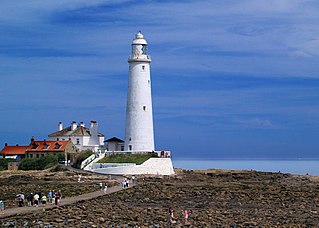
North Tyneside is a metropolitan borough in the metropolitan county of Tyne and Wear, England. It forms part of the greater Tyneside conurbation. North Tyneside Council is headquartered at Cobalt Park, Wallsend.

Villalba, originally known as Villa Alba, is a town and municipality of Puerto Rico located in the central region, northeast of Juana Díaz; south of Orocovis; and west of Coamo. Villalba is spread over 6 barrios and Villalba Pueblo. It is part of the Ponce Metropolitan Statistical Area.
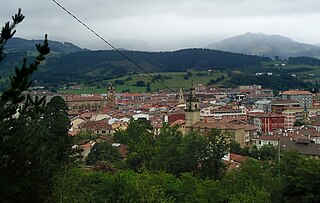
Durango is a town and municipality of the historical territory and province of Biscay, located in the Basque Country, Spain. It is the main town of Durangaldea, one of the comarcas of Biscay. Because of its economical activities and population, Durango is considered one of the largest towns in Biscay after the ones that compose the conurbation of Greater Bilbao.
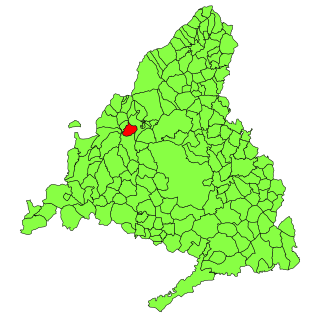
Collado Villalba is a municipality of the Community of Madrid, in central Spain. It is located 40.3 kilometres north-west of the city of Madrid, at an altitude of 917 meters above sea level. It has a population of 64,263 (2022), with a population density of about 2,400 per km2. Collado Villalba has a hot summer Mediterranean climate.

The Triqui or Trique are an Indigenous people of the western part of the Mexican state of Oaxaca, centered in the municipalities of Juxtlahuaca, Putla, and Tlaxiaco. They number around 23,000 according to Ethnologue surveys. The Triqui language is a Mixtecan language of Oto-Manguean genetic affiliation. Trique peoples are known for their distinctive woven huipiles, baskets, and morrales (handbags).

The Town of Cottesloe is a local government area in the western suburbs of Perth, the capital of Western Australia. It covers the suburb of the same name as well as a tiny portion of the suburb of Claremont. Cottesloe is located 11 kilometres (7 mi) west of Perth's central business district, covers an area of 3.9 square kilometres (1.5 sq mi), maintains 45.7 km of roads and had a population of approximately 7,500 as at the 2016 Census. Cottesloe is served by Swanbourne, Victoria Street, Grant Street and Cottesloe train stations, all operated through the Fremantle Railway Line. Various bus routes operate along Stirling Highway, enabling transport through the suburb's western and eastern precincts with Perth and Fremantle. All services are operated by the Public Transport Authority. The Town of Cottesloe's inclusion of walk and cycle paths enable it to be a walkable precinct.

Copala, formerly known as San José de Copala, is a four-century-old silver-mining town in the Mexican state of Sinaloa. The town is in the municipality of Concordia.
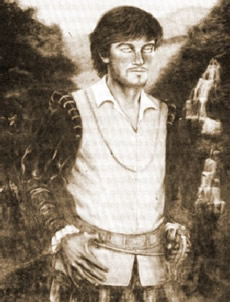
Francisco de Ibarra was a Spanish-Basque explorer, founder of the city of Durango, and governor of the Spanish province of Nueva Vizcaya, in present-day Durango and Chihuahua.

Copala Triqui is a Trique language primarily spoken in the municipality of Santiago Juxtlahuaca, Oaxaca, Mexico. A 2007 estimate by SIL International placed the number of Copala Triqui speakers at 25,000 in Mexico.
The Real Audiencia of Guadalajara, was the highest tribunal of the Spanish crown in what is today northern Mexico and the southwestern United States in the Viceroyalty of New Spain. It was created by royal decree on February 13, 1548, and was originally located in Compostela and permanently seated in Guadalajara in 1560. Its president was the chief political and executive officer of the district, subordinated only to the Viceroy.
Copala is a municipality in the Mexican state of Guerrero. The municipal seat lies at Copala. It is known for its beach, Playa Ventura. The municipality covers an area of 344.4 km².
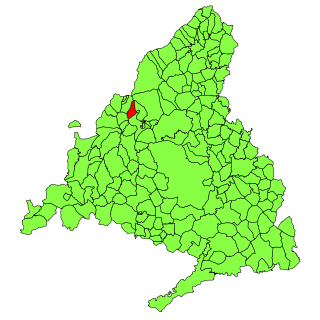
Moralzarzal is a town in Spain. It is located in the Sierra de Guadarrama, in the Community of Madrid. It had a population of 11,318 in 2008.
San Juan Copala is a town in the municipality of Santiago Juxtlahuaca in the Mexican state of Oaxaca. It is located at 17°11′14″N97°57′46″W, at an altitude of 1578 meters above sea level. According to the 2005 census, carried out by the Instituto Nacional de Estadística y Geografía, San Juan Copala has a total of 786 inhabitants.
The Movement for Triqui Autonomy is the struggle for independence of the Triqui people, who live in the Mexican state of Oaxaca. Once based in town of San Juan Copala, they are now largely a diaspora due to the ongoing conflict in the region. In 1975, an Indigenous movement known as the club was formed with the goals of "agrarian conflict resolution, the defense of human rights, and the formation of cooperatives that would market regional products." Not long after it was created, the club's leaders were killed and in 1978 the government introduced a military presence in San Juan Copala. The conflict culminated in 2006 with the clash between the state of Oaxaca, led by the Institutional Revolutionary Party (PRI), and the indigenous autonomy movement, led by the Popular Assembly of the People of Oaxaca (APPO). APPO was formed in June 2006 during the teacher strikes as an alliance to oppose Oaxacan Governor Ulises Ruiz Ortiz. The attacks have since been stepped up in order to quash the autonomy movement and return control over the land to the government.

Francisco José Villalba Rodrigo is a Spanish footballer who plays as a midfielder for Liga MX club Santos Laguna.
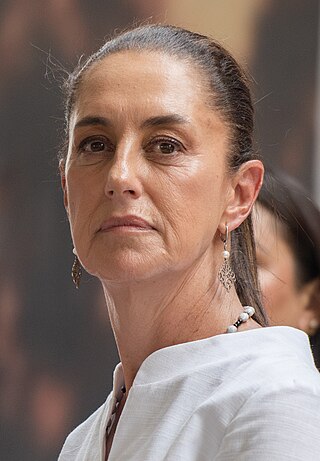
Claudia Sheinbaum Pardo is a Mexican politician, scientist, and academic who is the president-elect of Mexico, the first woman to be elected to the position. She is a member of the left-wing National Regeneration Movement (Morena).

On May 4, 2019, the city of Dallas, Texas, held an election to choose the next Mayor of Dallas. The election began as a nonpartisan blanket primary, no candidate took a majority of over 50% of the total vote so the two top vote-earners Eric Johnson and Scott Griggs advanced to a runoff election on June 8. Incumbent mayor Mike Rawlings was unable to run for reelection due to term limits. Dallas also concurrently elected all 14 members of its city council, and 3 of the 9 total members of the Dallas Independent School District. Johnson won the runoff with 55.61%.
This article lists events occurring in Mexico during 2024. The list also contains names of the incumbents at federal and state levels and cultural and entertainment activities of the year.















